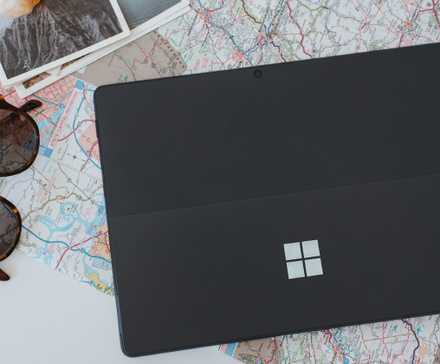Are you tired of putting your PC to sleep only to find you've run out of battery when you come back? Hibernating your Windows PC can be a great alternative in these situations, despite what you might've heard about it.
What Does Hibernate Do to Your System?
Just like shutdown, hibernation on Windows is a power state. However, instead of shutting down your system entirely, this option saves the current state of your system to your storage drive and resumes from there the next time you boot your PC.
This results in a much faster booting time, as instead of launching Windows, starting up all system processes, and starting programs, your system just picks up where you left off. Do keep in mind that this is different from putting your PC to sleep. When your PC is sleeping, it's in a low-power state that still consumes battery. With hibernation, the PC shuts down after saving its current state.

4 Ways to Fix Hibernate Mode Not Working on Windows
If your Windows computer is having issues settling down, try this guide to get it hibernating once again.
Hibernating your PC is quite similar to using the Fast Startup feature that Windows has had since Windows 8. Fast Startup saves the system kernel and drivers to the Windows hibernation file called Hiberfil.sys, allowing for quicker boot times. Hibernate, on the other hand, saves the entire system state, so it's like you never shut your PC down.
When Can You Use It?
If you've enabled Fast Startup on your Windows 10 or 11 PC, you're already using hibernate. That said, if you're manually hibernating your PC, the best time is when you know you won't be using it for a while and don't want your battery to run out.
For example, I'm writing this from an airport terminal, waiting for my flight. Once boarding starts, I'll hibernate my laptop and hop on the flight. Once I reach my destination, I can reopen my laptop, and it'll start as it was. If I were to put my laptop to sleep instead, I'd be all out of battery before I even land. We've compared Sleep, Hibernate, and Shut Down on Windows before, in case you need help picking the best option for you.
If you're commuting from work, running between classes, or just taking a break away from your computer, feel free to hibernate your PC. When you get back, you'll be able to resume the task at hand in seconds. But if you're done for the day, it's always a good idea to shut down your PC daily. Your machines deserve just as much of a rest as you do.
Is It Okay to Hibernate Frequently?
There's a lot of noise on the internet about hibernation supposedly being harmful to your system. These rumors stem from the fact that if you hibernate your PC back to back, junk and temporary files will start cramming up your PC's memory and using your SSD's read/write cycles, reducing its life.
In reality, if you feel you need to troubleshoot your PC's boot speed, a restart will usually clear it up. As for the effect on your SSD's longevity, that's a negligible amount unless you're hibernating your PC dozens of times a day, in which case I'd recommend putting Windows to sleep.
Do keep in mind that as you continue hibernating your PC day by day, the Hiberfil.sys file that saves hibernation states will eventually grow in size, meaning you'll be reading and writing an increasingly large file from your SSD every time you boot your system. This can cause some problems, and eventually, some programs will start crashing when you resume your system from a hibernation state. However, as mentioned before, a restart now and then will fix most, if not all such issues.
Hibernation is a power option on Windows PCs that isn't talked about much. However, it can be quite useful in certain situations, so long as you're periodically shutting down or restarting your PC.





